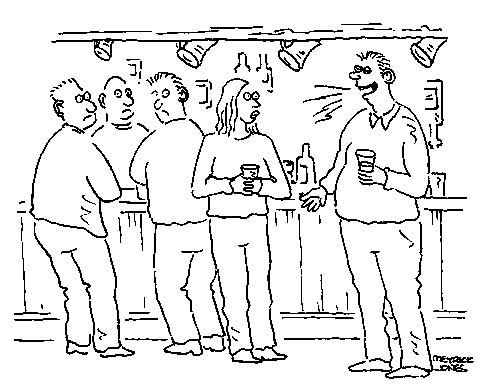It’s such an important book, the first great psychological novel, yet few people can with honesty claim to have read it, and even fewer to have read it all the way through, past the violent rape scene that takes place halfway through volume five.
It’s such an important book, the first great psychological novel, yet few people can with honesty claim to have read it, and even fewer to have read it all the way through, past the violent rape scene that takes place halfway through volume five. Clarissa; or the history of a young lady is Samuel Richardson’s most prolix novel (at just about a million words, and eight volumes) and his most complex, telling in excruciating detail of Clarissa’s undoing by the vicious rake, Robert Lovelace. As you read, it’s extraordinary to realise that such a dense and insightful analysis of a tortured, sexually charged relationship between a man and a woman was actually written in 1747, a century and a half before Freud and Jung attempted to analyse motive and behavioural outcomes.
Lovelace is both infuriated and compelled by Clarissa’s purity of heart; she in turn is fascinated and repelled by Lovelace’s villainy. Could she, can she save him from himself? There can, of course, be no happy ending. From page one you know that Clarissa is doomed; too virtuous for such a cynical, grasping, self-deluded world. It just takes Richardson and his readers a devilish long time to discover how the workings of cruel fate will eventually play out. Even Sir Walter Scott, no shirker when providing his readers with sufficient novelistic matter to get through a dreich Scottish winter, decided that the ‘modern reader may be permitted to wish that Clarissa had been a good deal abridged’.








Comments
Join the debate for just £1 a month
Be part of the conversation with other Spectator readers by getting your first three months for £3.
UNLOCK ACCESS Just £1 a monthAlready a subscriber? Log in